 EN
EN
 PT
PT

Quick guide for teachers
PRIMARY SCHOOL
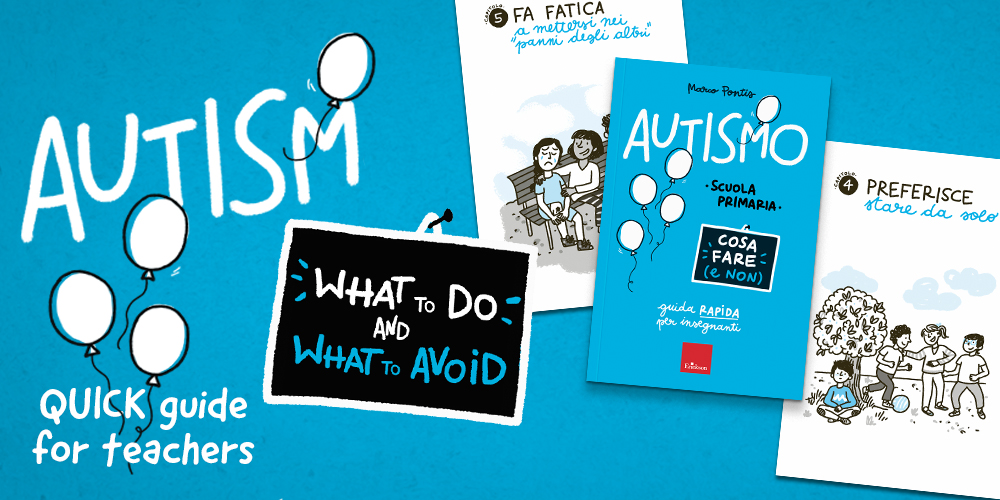
After the great success of the useful book for teachers ADHD – What to do and what to avoid, there is a new practical guide ready to use Autism – What to do and what to avoid. The book presents the most effective strategies for managing a child with autism in primary school, offering clear, concise and concrete indications on what to do and what not to do in difficult classroom situations.
BOOK STRUCTURE AND CONTENTS
The book is structured in 15 chapters, corresponding to the most frequent problematic situations and typical behaviors in children with autism spectrum disorder in the 6-11 year old age group, divided into three macro-areas:
Observation checklists
At the end of each macro-area there are Observation checklists, useful for getting to know and better understand the child’s overall functioning, strengths and emerging potentials while helping to structure the objectives of the Individualized Education Plan. The checklists present a number of aspects about which it is useful to collect as much information as possible, both directly through observation and indirectly through interviews with family members and operators.
What to o and what to avoid
The reason for each behavior is initially explained in a few brief sentences (Why does he/she do this?), followed by simple and clear indications for the teacher on the attitudes to be adopted and avoided (What to do, What NOT to do). A discussion on the topic follows (What to keep in mind) and tools and strategies are provided in How to intervene with regard to some crucial educational and didactic aspects. This is further explored in the paragraphs dedicated to Structuring and collaboration guidelines are then drawn up with parents and other school workers (The educational pact).
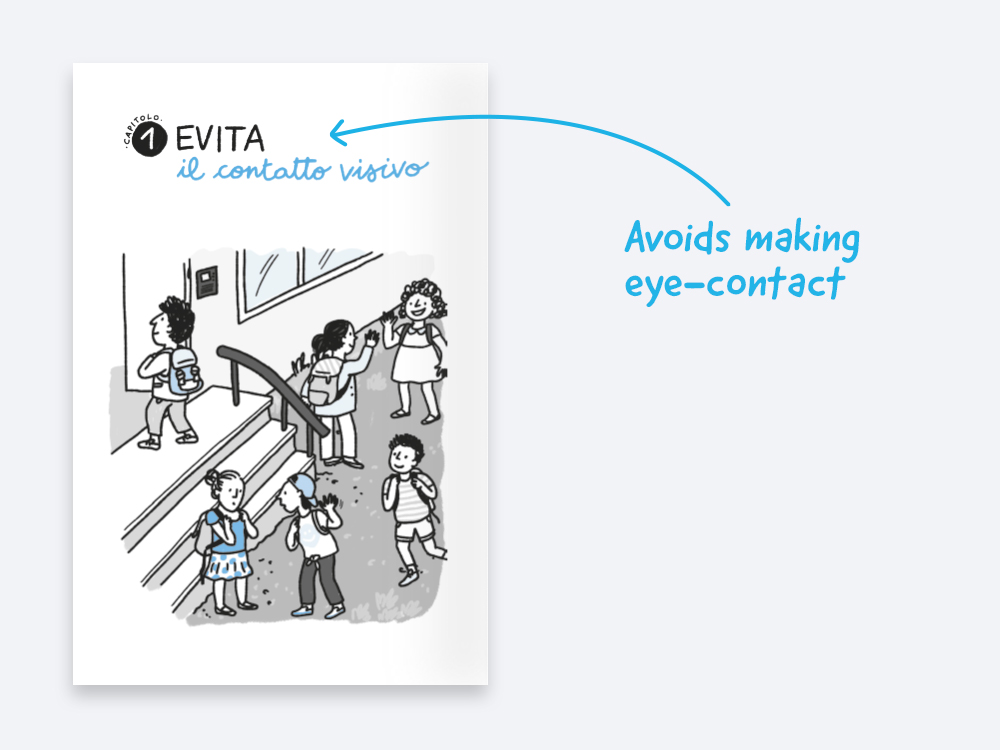
At the beginning of each chapter, a drawing introduces the analysed behaviour.
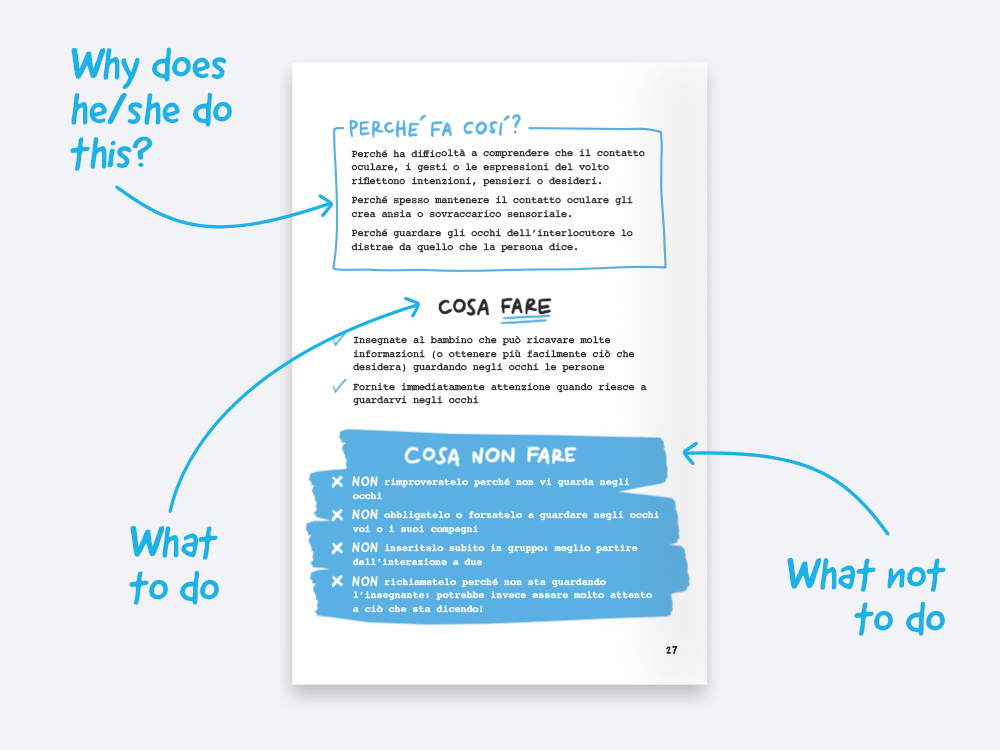
• Explanations of the problem behaviour being considered: Why does he/she do this?
• Brief and simple indications that can be useful to the teacher as a reference point for quickly deciding What to do and reflect on What to avoid.
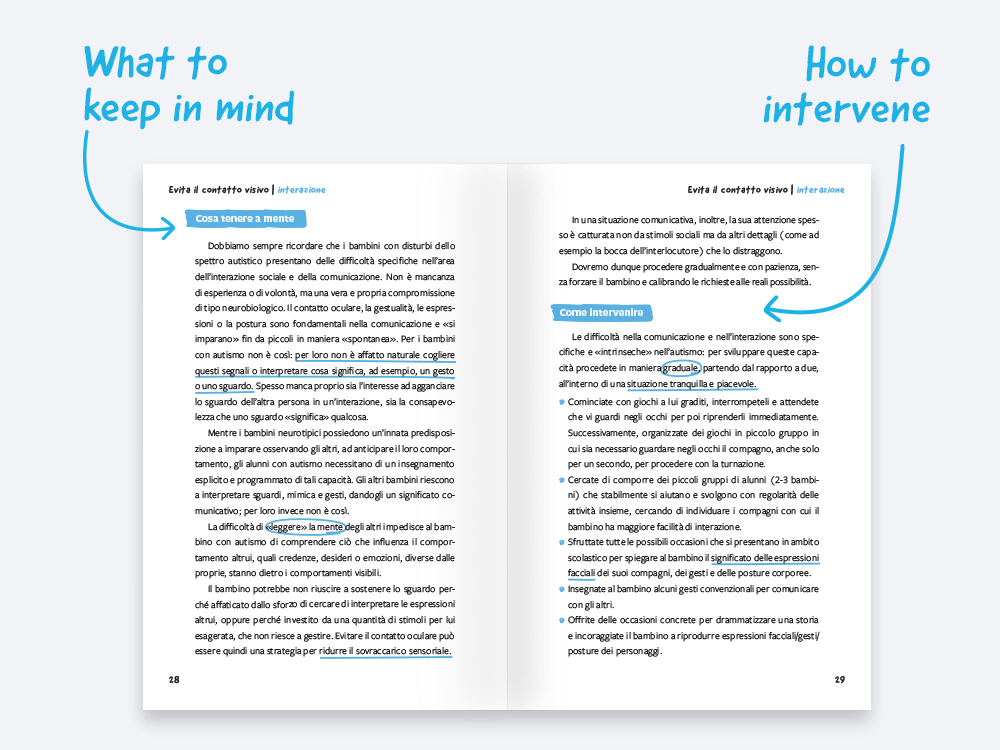
• A more in-depth description of the specific problem behaviourbeing worked on: Analysis of the problem behaviour.
• The tools and educational strategies to create the intervention: How to intervene.
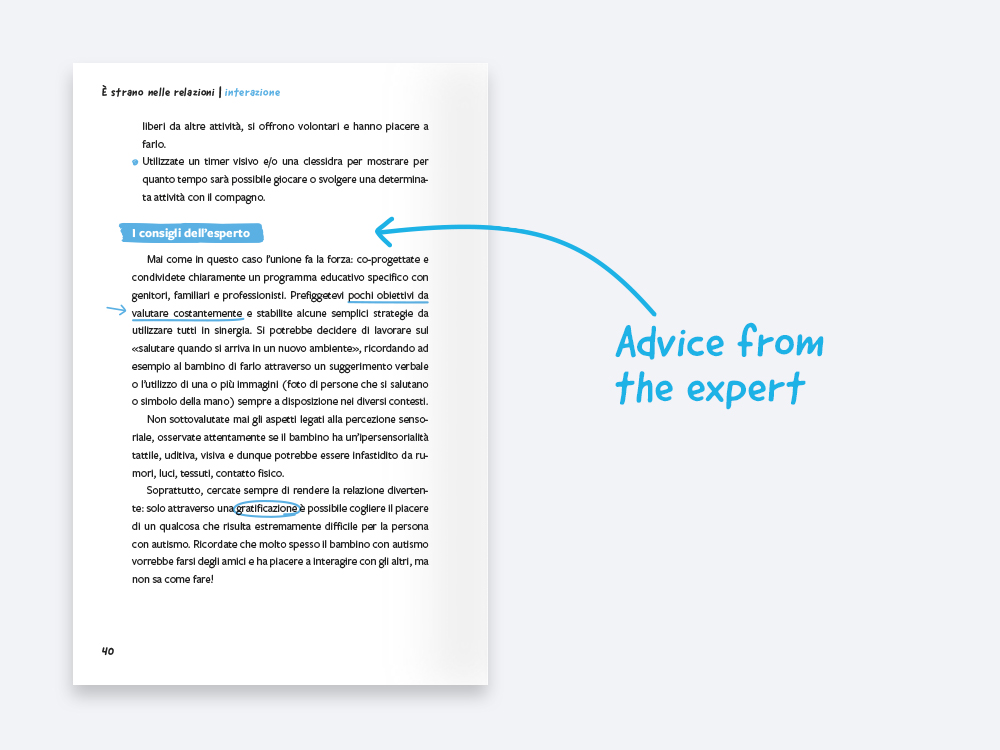
Each chapter closes with The expert advice: reflections to further understand and enrich the teacher’s “briefcase of educational tools”.
Leaf through some pages of volume which have been translated into English to facilitate your evaluation of the product.
THE AUTHOR
Marco Pontis
Teacher of Pedagogy and special didactics for intellectual disabilities and generalized developmental disorders as well as Pedagogy and special didactics for multi-professional collaboration at the University of Bolzano. For over fifteen year he has been working with and for people with autism spectrum disorders and other complex disabilities, constantly collaborating with family associations in the training of parents, school workers, socio-health care workers and supervising evidence-based educational interventions.